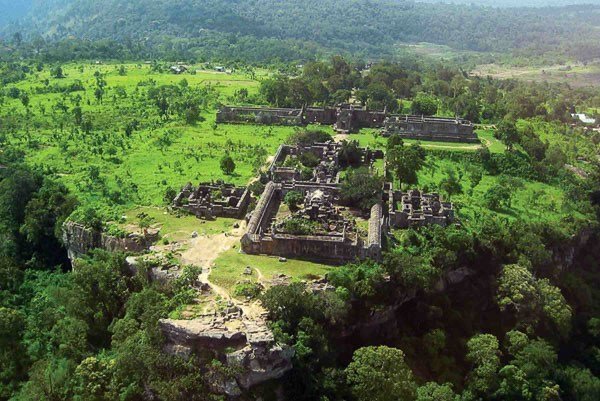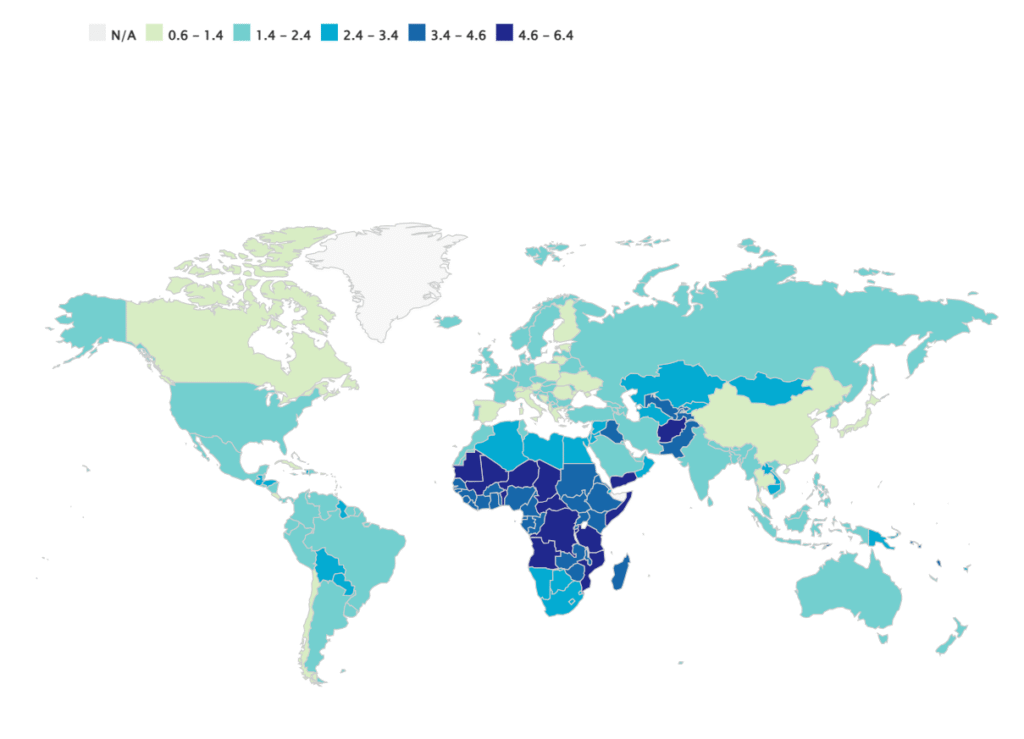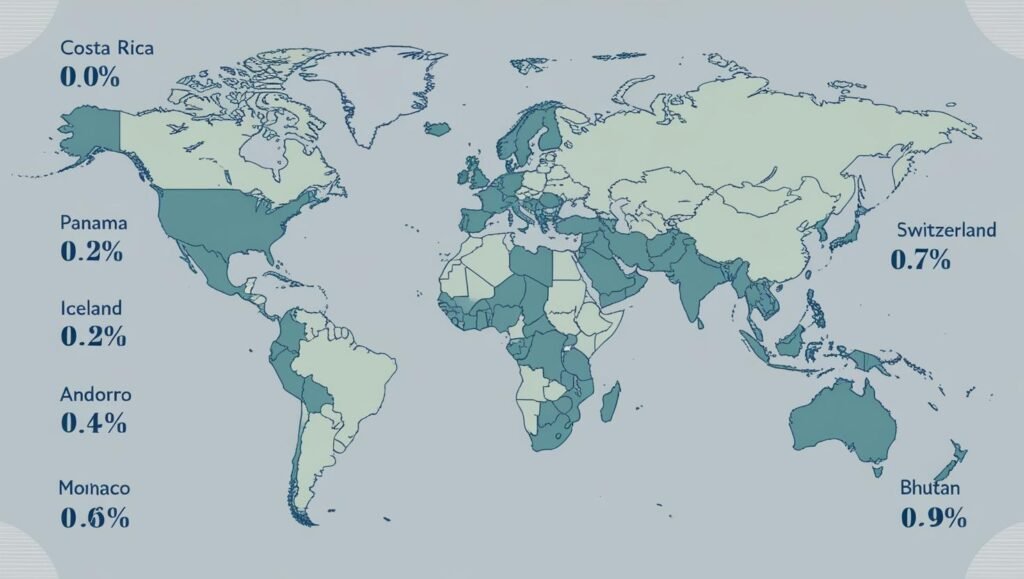Cambodia Thailand Temple Conflict: Can Ancient Disputes Cause War?
The Cambodia Thailand Temple Conflict proves one chilling fact: Ancient history still has the power to start modern wars. In July 2025, two Buddhist-majority nations, Thailand and Cambodia, exchanged deadly airstrikes and rocket fire—all over a 12th-century Hindu temple and a century-old map.
But how did a sacred site built in 1100 AD turn into a military battleground in 2025?
Let’s break down the full story behind this explosive regional crisis.
Why the Cambodia Thailand Temple Conflict Erupted in 2025
At the center of the Cambodia Thailand Temple Conflict is the Preah Vihear Temple, a Hindu site built to honor Lord Shiva during the Khmer Empire. Located on a cliff near the Cambodia–Thailand border, it’s revered for its architecture—and claimed by both nations.
Though the International Court of Justice (ICJ) awarded the temple to Cambodia in 1962, Thailand contests the decision based on surrounding land. A French-drawn colonial-era map from 1907 is the root of this ongoing disagreement. Cambodia considers it legally binding; Thailand does not.
This historic disagreement has resurfaced time and again. But in 2025, it exploded.

Timeline of the Latest Temple War Between Thailand and Cambodia
The Cambodia Thailand Temple Conflict escalated quickly in mid-2025:
- May 28: A Cambodian soldier was killed in the disputed Emerald Triangle area.
- Thai soldiers injured by landmines—each side blames the other.
- Cambodia bans Thai goods; Thailand threatens to cut electricity to Cambodia.
- A leaked phone call between Thai PM Paetongtarn Shinawatra and former Cambodian PM Hun Sen triggers nationalist backlash in Thailand.
- July 24: Thailand launches F-16 fighter jets. Cambodia responds with rocket fire.
- Result: 9 Thai civilians killed, 14 wounded. Border shut. Diplomats expelled.
The Colonial Map Behind the Cambodia Thailand Temple Conflict
One old document continues to shape modern deaths.
The French-drawn 1907 border map defines Preah Vihear as Cambodian territory. Cambodia uses this to anchor its claim. But Thailand says it was never properly ratified.
Despite decades of negotiation through a Joint Boundary Commission, no permanent solution has been reached. Cambodia now seeks international arbitration again. Thailand refuses and prefers direct talks.
The result? Tension turns into troop movement, and diplomacy gives way to drone strikes.
From Sacred Temple to Active Warzone
Both Cambodia and Thailand see Preah Vihear not just as a heritage site but as a symbol of national pride. In reality, neither population worships at the temple in its Hindu form—but each government uses it for political leverage.
Political instability, public outrage, and election pressures on both sides have reignited a long-dormant fight.
And the world is watching.
Regional Repercussions of the Temple Conflict
The Cambodia Thailand Temple Conflict could have far-reaching effects:
- ASEAN’s failure to mediate highlights weak regional diplomacy.
- China’s offer to mediate could shift regional power dynamics.
- Trade suffers: cross-border jobs, goods, and tourism have halted.
- UNESCO and human rights groups express concern over attacks near World Heritage Sites.
In short, a forgotten temple may shape the future of Southeast Asian politics.
Conclusion: When History Becomes a Battlefield
The Cambodia Thailand Temple Conflict is not just about an ancient building. It’s about national identity, colonial injustice, and modern political tension.
Two Buddhist nations. One Hindu temple. A colonial map. And 21st-century firepower.
So, can ancient conflicts push nations to war now?
They just did.
Sources: UN, ICJ, The Guardian
Looking for more articles? Visit our homepage for the latest news, insights, and updates across sports, culture, and more.



